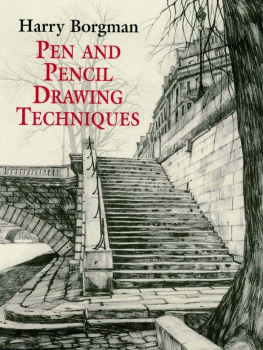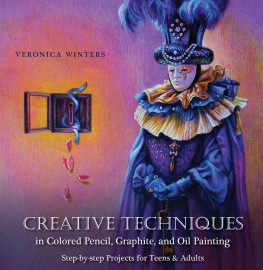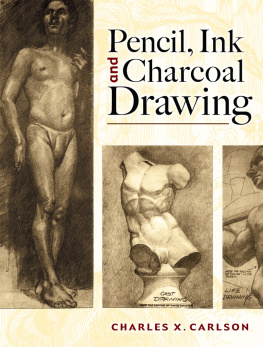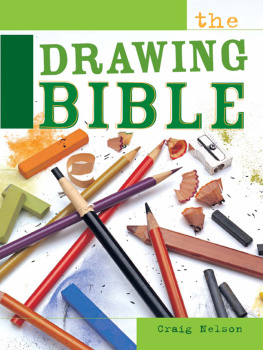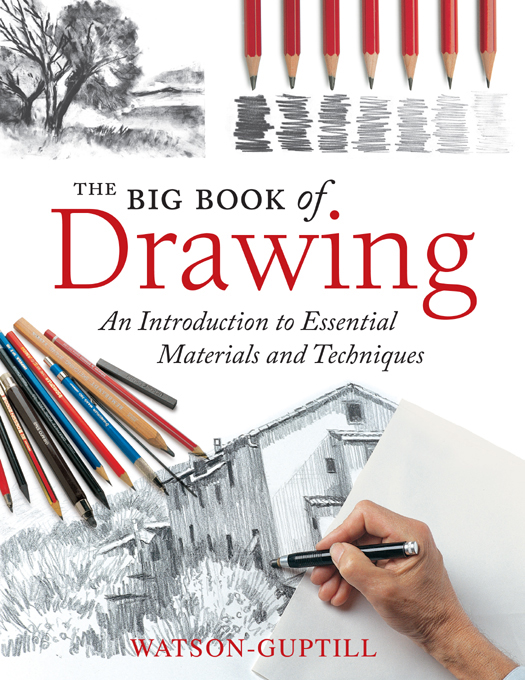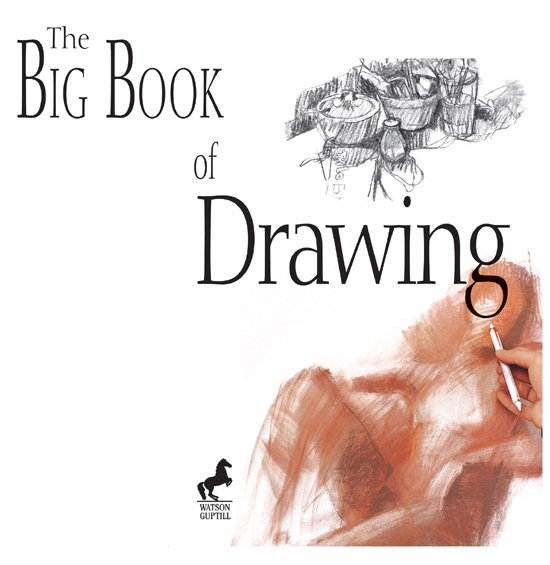Copyright 2012 by Watson-Guptill, a division of Random House, Inc.
All rights reserved.
Published in the United States by Watson-Guptill Publications, an imprint of the Crown Publishing Group, a division of Random House, Inc., New York.
www.crownpublishing.com
Originally published in Spain as El Arte del Dibujo by Parramn Ediciones, S.A., Barcelona, in 2008. Copyright 2008 by Parramn Ediciones, S.A. World Rights.
WATSON-GUPTILL is a registered trademark and the WG and Horse designs are registered trademarks of Random House, Inc.
Library of Congress Cataloging-in-Publication Data
Sanmiguel, David.
[Arte del dibujo. English]
The big book of drawing: an introduction to essential materials and techniques/ Text for the Work, David Sanmiguel. First American edition.
p. cm.
Originally published in Spain as El Arte del Dibujo by Parramn Ediciones, S.A., Barcelona, in 2008.
ISBN 978-0-8230-8567-5 (pbk.)
eISBN: 978-0-7704-3334-5
1. DrawingTechnique. 2. Drawing materials. I. Title.
NC730.S27613 2012
741.2 dc23
2011046972
Printed in Hong Kong
Text for the Work: David Sanmiguel
Exercises for the Work: Josep Asuncin; Vincen Ballestar, Almudea Carreo, Mercedes Gaspar, Gabriel Martn, Ramon No, Esther Oliv de Puig, Joan Sabater, and David Sanmiguel
Photographs for the Work: Estudio Nos & Soto; Parramon files
Complete or partial reproduction of this work is expressly prohibited, by whatever means or process, including printing, photocopying, microfilm, data processing or any other system, without the publishers written permission.

v3.1
CONTENTS
INTRODUCTION
C reativity can be a spontaneous and unexpected impulse, but most often it is the result of hard work. In any of its forms, it is the channel through which artists conceive and execute their work.
Drawing is the foundation of the visual arts and an essential tool for the communication and expression of artistic ideas. It has always been the central discipline for learning art, and todays most outstanding artists continue to see it as the axis and engine of their work. Every work of art has its origin in drawing and, very often, this is also its culmination.
This book is the most complete compendium of the materials, procedures, and techniques of artistic drawing. Its four sections focus on different themes in drawing, and compile technical and practical questions that artists face, whatever their degree of experience or professional skill.
The book can serve as a practical manual, as a reference book, or as a source of suggestions and inspiration, thanks to the wide number of works reproducing every theme and style that it contains.

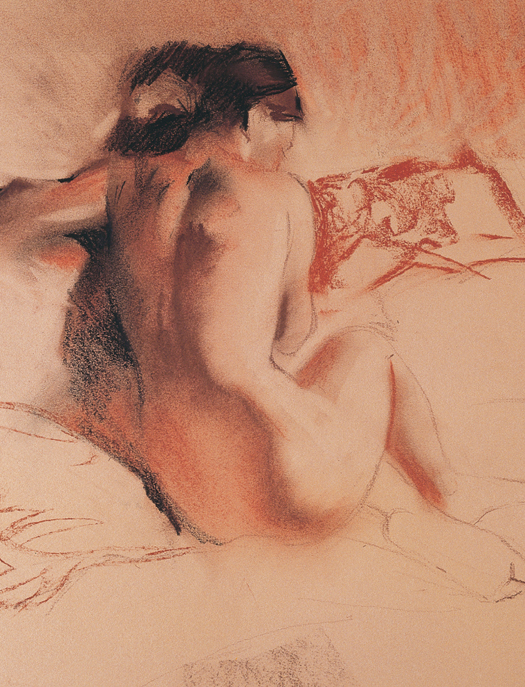
Drawing in Black and White
D rawing is the most primitive form of artistic expression. Even writing has its origins in signs that, in fact, are drawings. A piece of coal was the first drawing medium and this was and is a single-color medium. Black on white is the simplest form of artistic expression and is the nucleus from which this book sets out.
Charcoal and pencil are the two fundamental drawing materials. Almost all drawing other materials derive from them. It can even be said that, by mastering these two materials, artists can cover most drawing techniques. Apart from charcoal and pencil drawing, this section studies drawing in sanguine and India ink, two classic materials that are just as widely practiced as the other two.
The following pages exhaustively cover these basic materials, their history, origins, and manufacture, along with all their varieties, paying special attention to the many different results that artists can achieve by using them.
PENCIL DRAWING
T he classic pencil has a graphite lead. The first pencils were manufactured in England in the mid-sixteenth century. The primitive pencil was a piece of graphite wrapped in sheepskin. As its use spread through Europe, different versions were created until Italian artists developed a wooden casing that made it easier to handle. Graphite was cut into sheets, which were then cut into sticks and squeezed into long grooves in wood battens. Serial manufacture of pencils did not start until the mid-eighteenth century, at the dawn of the Industrial Revolution.
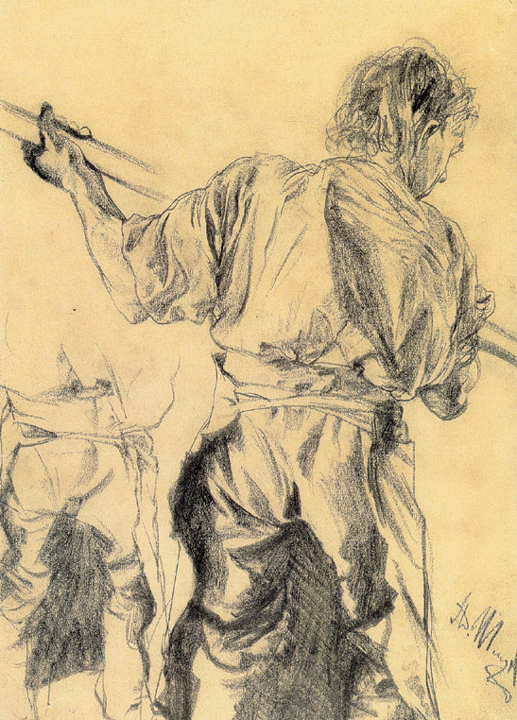
Adolf Von Menzel (1815-1905), Figure studies. The J. Paul Getty Museum
Pencil lead: the graphite pencil
Graphite is a shiny lead-gray mineral discovered in 1564 in Borrowdale, England. At first it was thought to be a type of lead, until, in 1779, the Swedish chemist Karl Wilhelm Scheele proved that it was crystallized carbon. In 1789, the German geologist Abraham G. Werner named it graphite due to its use as a writing medium. The confusion with lead continues today. We still refer to pencil lead as lead, instead of graphite.
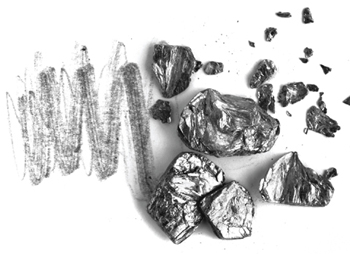
Graphite is a mineral (crystallized carbon) that is oily to the touch and that leaves a dense mark when rubbed against a hard surface.
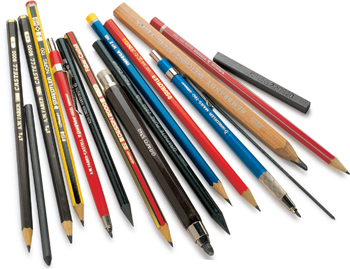
Graphite comes in various forms, but the process of baking the mineral with potters clay is always the same.
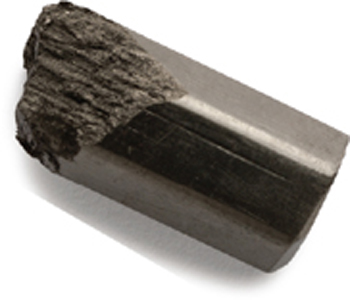
Graphite sticks and pencil leads are actually made of mineral and potters clay in various proportions.
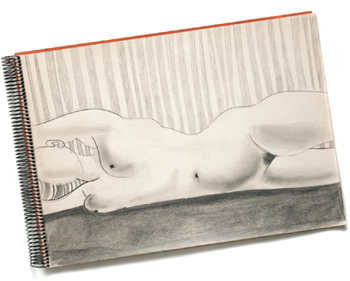
With graphite you can draw lines, strokes and marks, as delicately as you please and without strong contrasts.
COMPOSITION OF PENCIL LEADS
At the end of the eighteenth century, innovative pencil manufacturers developed a way to make modern graphite leads by mixing crushed graphite with potters clay and cooking the mixture to make it stronger. The greater the proportion of clay, the harder the lead. The leads thickness ranges around 2.5 mm in most.


